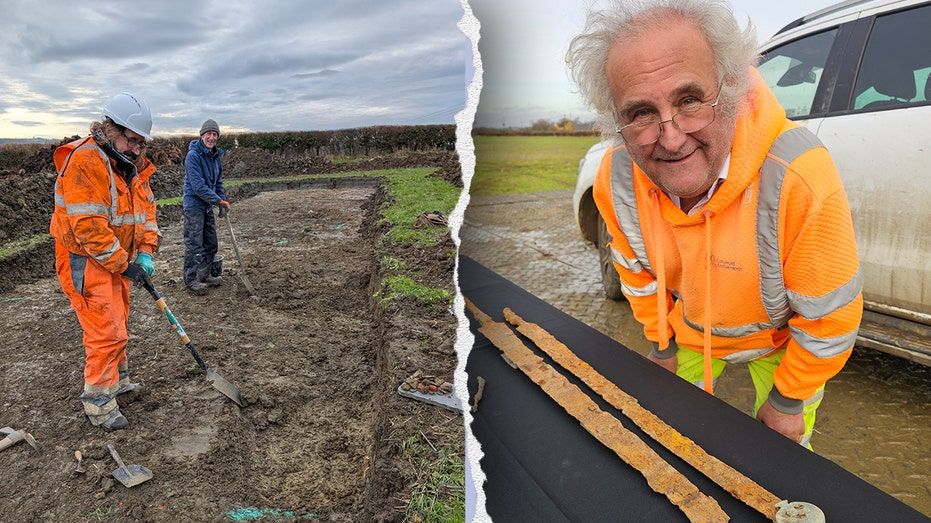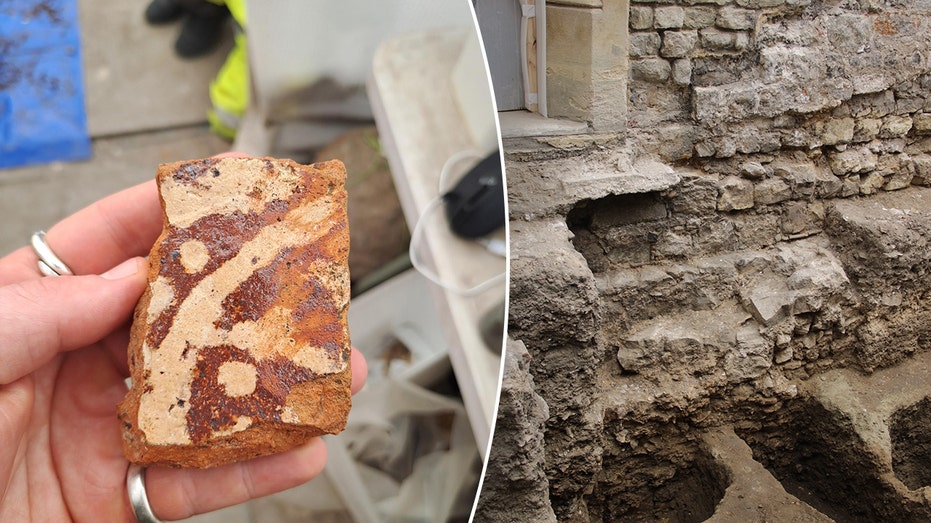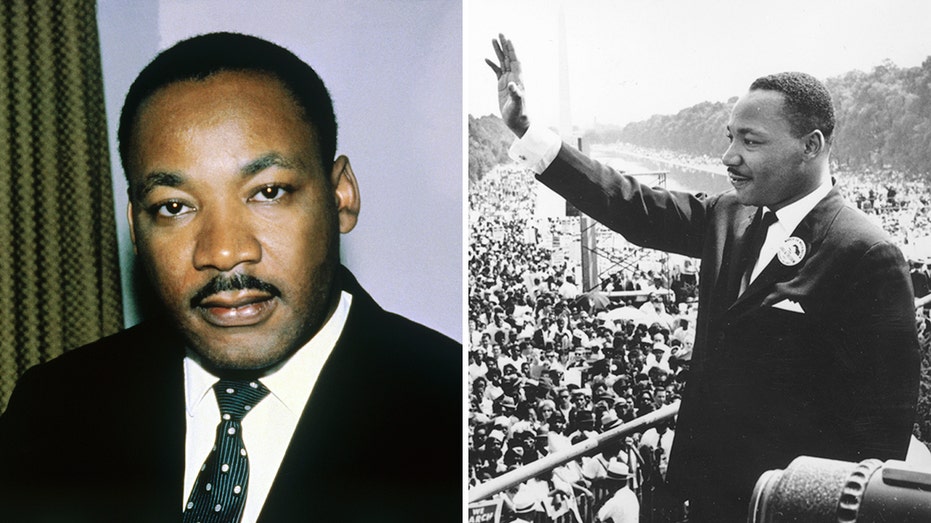Roanoke Mystery Solved? Lost Colony May Have Joined Native Americans After 440 Years

Sarah Johnson
June 7, 2025
Brief
Archaeologists may have solved the 440-year mystery of America's Lost Colony of Roanoke, uncovering evidence of assimilation into Native American society on Hatteras Island.
After over 440 years of speculation and countless theories, the enigma of America's 'Lost Colony' of Roanoke may finally be unraveling. Archaeologists now believe they have compelling evidence that the settlers of Roanoke Island, who mysteriously vanished in the late 16th century, didn't meet a tragic end but instead integrated into a local Native American community.
The Roanoke Colony, established in 1587 on what is now North Carolina's Roanoke Island, was England's first attempt at a permanent settlement in the New World. Led by Sir Walter Raleigh, over 100 colonists arrived, only to disappear by the time Governor John White returned from England in 1590. The only clue left behind was the cryptic word "CROATOAN" carved into a palisade, hinting at a connection to either Croatoan Island (now Hatteras Island) or the Croatoan Indians.
For centuries, historians and researchers have puzzled over whether the colonists perished due to conflict, starvation, or simply moved on. However, recent findings by Professor Mark Horton of Royal Agricultural University in England, in collaboration with the Croatoan Archaeological Society, suggest a different story—one of survival and assimilation.
Excavations on Hatteras Island have unearthed a treasure trove of evidence in the form of Native American rubbish heaps, or middens. Among the discoveries is hammerscale, tiny iron flakes indicative of forging—a technology unknown to Native Americans at the time but common among English settlers. Horton argues this is a clear sign that the Roanoke colonists were not only present but actively working within the Croatoan community.
Further bolstering this theory are artifacts like guns, nautical fittings, small cannonballs, and even personal items such as wine glasses and beads, all dating to the late 16th or early 17th century. These findings paint a vivid picture of a blended society where English settlers adapted to life alongside their Native American neighbors.
Perhaps most intriguing is a historical snippet from the 1700s describing descendants on Hatteras Island with blue or gray eyes, who spoke of ancestors who could read and recalled a 'ghost ship' sent by a man named Raleigh. This oral history aligns with the archaeological evidence, suggesting the colonists’ lineage persisted for generations.
While Horton acknowledges that mysteries like Roanoke tend to endure in the public imagination, he believes the evidence is strong enough to shift the narrative from loss to integration. Still, as he notes, there’s always room for more discovery—and for the legend to live on.
Topics
Editor's Comments
Well, folks, it seems the Lost Colony wasn’t so lost after all—just crashing the Croatoan’s backyard barbecue! Hammerscale as the smoking gun? That’s history’s version of finding a British teacup in a teepee. I can’t help but wonder if Sir Walter Raleigh’s ghost is out there somewhere, muttering, 'I told you I’d find a way to blend in!' Let’s hope the next dig uncovers a 16th-century recipe for colonial-Native fusion cuisine.
Like this article? Share it with your friends!
If you find this article interesting, feel free to share it with your friends!
Thank you for your support! Sharing is the greatest encouragement for us.



